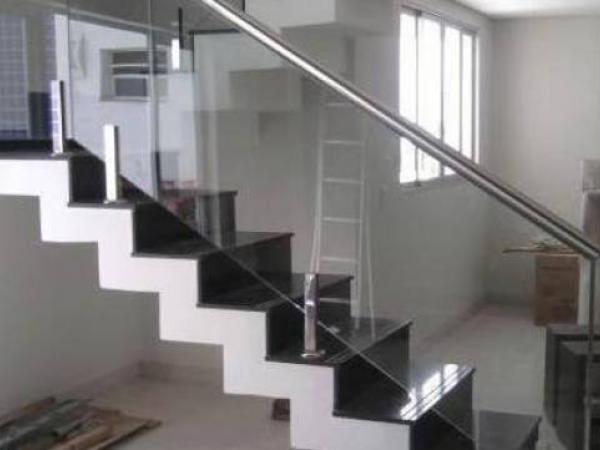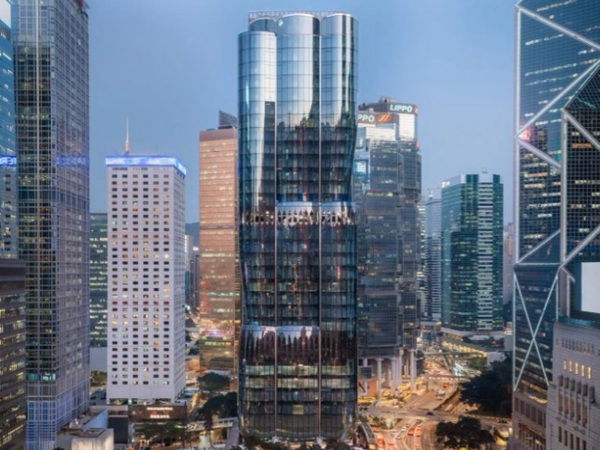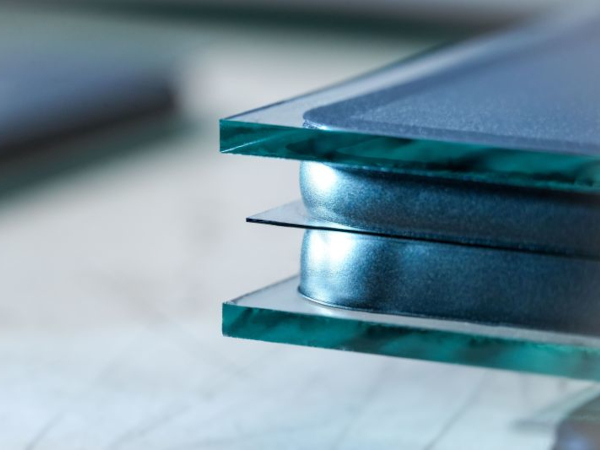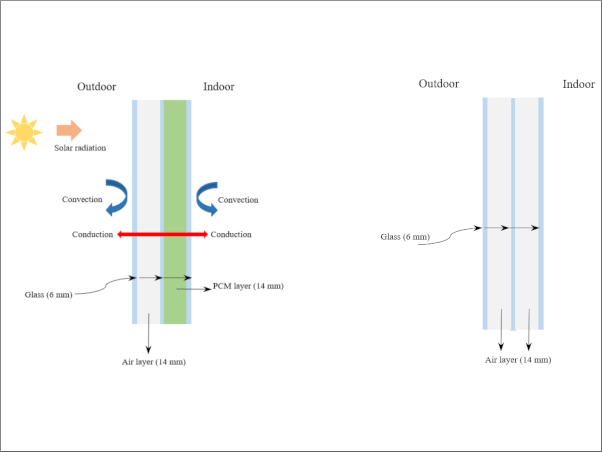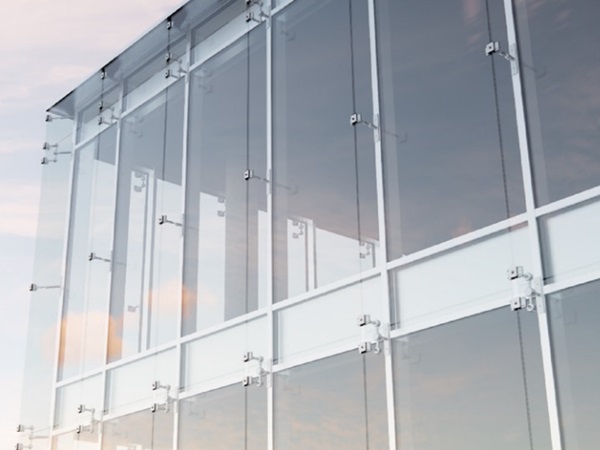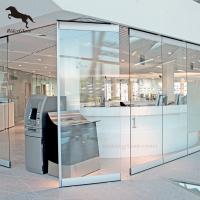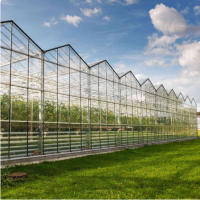The mechanism is designed to control the pressure inside the glass, ensuring the longevity and efficiency of the double or triple glazing.
Simultaneously were analyzed all double glass components in order to maximize glass area, 19m2, reducing the thickness of the seal between glasses. To allow pressure adjustment inside the glass, an innovative valve is incorporated in the corner keys. The valves enable the injection of air, or another gas, to the interior of the glass, guaranteeing at the same time, the tightness of the assembly. The inherent advantages are mainly related to the maintenance of glasses in which, before the final assembly, a new injection of gas may be performed, thereby compensating any losses that may occur.
Professor coordinator of the Department of Mechanical Engineering of ISEC, Luis Borrego, who developed the system in partnership with Vidromax, explains that "The most innovative element of the system, that does not exist on the market and is likely to be patented, is the control valve pressure inside the double or triple glazing ". This solution allows pressurizing the inside of the windows, which enables that the integrity and quality of glass are not affected during transport. That is, due to its large size, the windows are likely to graze one another (double-glazed or triple) during transport to the installation site, this possibility can be counteracted by the ability of the valve to regulate the pressure inside the glass. Additionally, this system still has a pressure adjustment function inside the double or triple glass after installation and even during its current use. Consequently, you can make the pressure control inside the glasses can vary due to thermal expansion and thus lead to the malfunction of the glasses. Thus, the maintenance of the units will be greatly simplified avoiding disassembly or even replacement, which contributes to increased customer satisfaction and reduced after-sales guarantee costs.

The project started by conducting various studies and optimizations in order to be able to produce the system. Among others, mechanical strength tests were performed on various materials which allow the size reduction of the structural support rails "was necessary to determine the ideal glass to support the process of double and triple glazing of large dimensions as well as the type of spacer used and injecting air or argon to fill the space between the glasses "explained the head teacher. These studies have been undertaken to try to reduce the thickness of the seals, a step considered essential to allow the use of smaller height rails, thus increasing the area visible through the glass.
.jpg)
The results of the tests have allowed to determ the most favorable combination for the manufacture of this system. "The demands of the market and of modern architecture, ask for increasingly larger glazed areas with structural support rails with dimensions reduced to a minimum, thus increasing the area visible through the glass, were the motivations for research in this project" stresses Professor Luis Borrego.
The design includes the establishment of a new class of spacer bars that allow the absorption of moisture inside the double glazing and promote the longevity of the seals. These profiles assure butyl longevity, since they are flexible. The glasses undergo deformations along their use witch causes wear on the butyl, degrading it. The way found to avoid this degradation was the creation of flexible spacer that are deformed with the glass, reducing the effort transmitted to butyl.
Reducing the thickness of the seal will also allow increasing the area visible through the glass, which meets the current requirements of the construction and architecture sector. This reduction is supported by a series of tests conducted by SIKA and the Vidromax, determining the maximum loads the seals support, serving as a guarantee of longevity and product integrity. The tests were conducted to glass compositions with 8mm glass + box air- 16mm + 6mm glass+ box air-16mm + Glass 8mm for triple glass (graph 2) and 10mm glass + box air-16mm + 10mm glass for double glazing (graph 1) have been used in both situations the silicone Sikasil IG-25 HM Plus with 4mm thick. Through the graphs we conclude that a glass 6.00x3,21m sealing ensures the glass integrity (black areas are the dimensions that SIKA does not recommend).
Professor Luis Borrego hopes "this innovation allows a significant boost for the sector through the significant increase in orders, especially from foreign countries, due to the versatility of the units can be applied in different climates and simultaneously present a maximized glass area."
.jpg)
.jpg)
Main advantages of the system:
- Adaptation to large architectural structures with large windows.
- Reducing the size of spacer bars.
- Increase of the visible area through the glass.
- Reduced risk of damage in transit / export.
- Promoting integrity and system longevity.
- Reduced risk of damage to the assembly.


